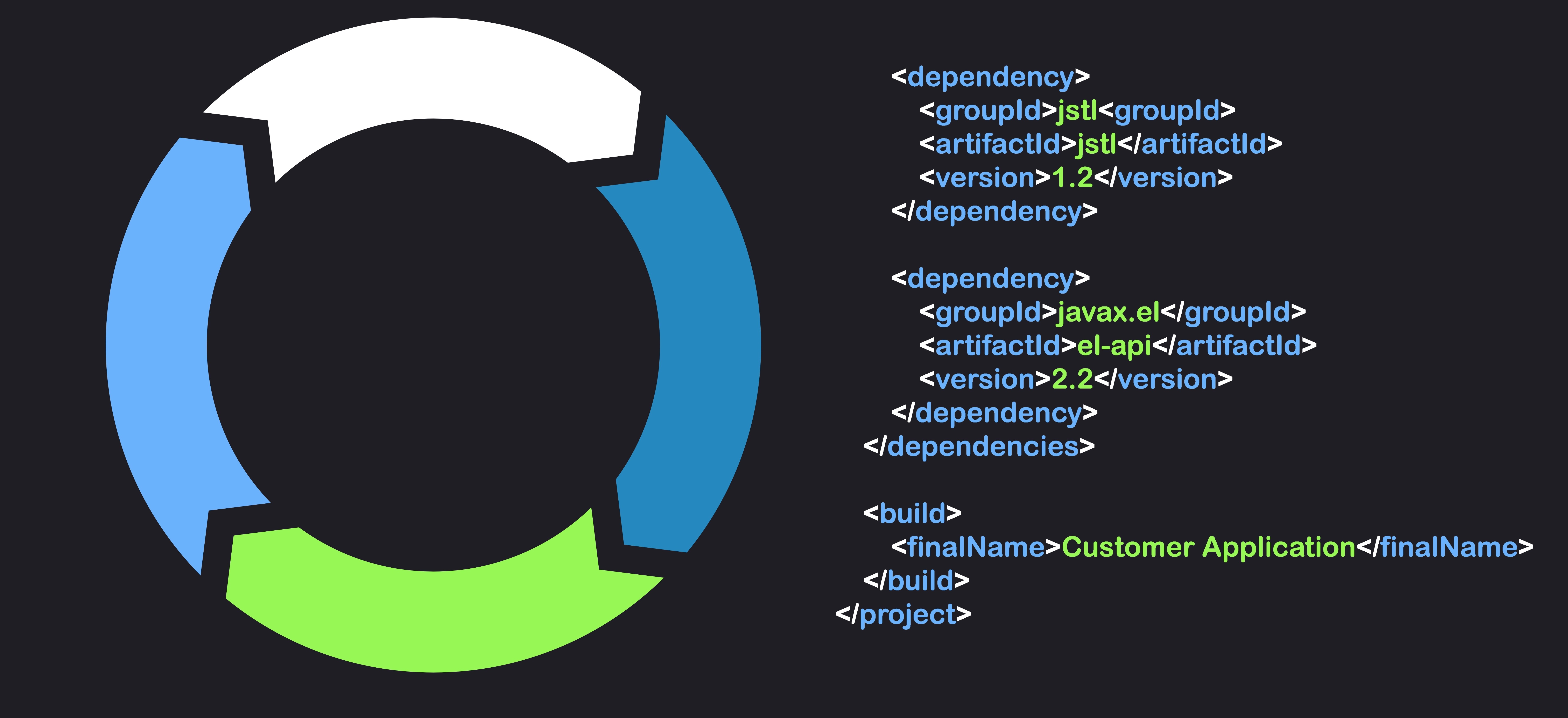In This article
In the Software Development Life Cycle (SDLC), the importance of testing cannot be overstated.
To meet both business and user requirements, you have to validate that every single aspect of the software is working flawlessly, and that’s where the testing process comes into play. Due to the wide array of tests and testing types, commonly they can get mixed up causing major confusion. Clearly, distinguishing between different test types is crucial to the success of the SDLC process and eventually for creating quality software.
Regression testing and Unit testing are two tests that have confusion between them since they have several similarities. In order to make it easier to distinguish between those two essential tests, this article will provide all the important details, advantages, main differences, and so on.

What is Regression Testing?
The purpose of regression testing is to examine if the software is still behaving as it should after a specific change or update is made. If there is an actual change in the behavior of the system then we consider this as a regression. Sometimes when you change the code or modify a specific feature, it can affect other parts of the software, introducing new bugs, functional issues, and more. Performing the regression test after changes are made is vital to ensure spotless software functionality and that it’s ready to be delivered.
Many different test types can be used for regression testing such as unit tests, complete testing, corrective testing, etc. In addition, regression testing can be executed manually or automatically depending on your specific requirements giving flexibility to the testing teams. Ultimately, this test allows upgrading the system smoothly and keeps it up-to-date. There are various ways to boost your regression testing like building a restorable test data source or starting to test when the software is stable enough to automate.
Advantages of Regression Testing
- Ensure new changes didn’t harm the software’s functionality
- Allow detecting new bugs before releasing the feature
- Can be executed both manually or automated
- Help to keep the system up-to-date
What is Unit Testing?
The unit testing’s main objective is to check the source code of the software in an early stage of the development life cycle. In this testing type, units of the code are tested one by the other to assure a high-quality code. Since it is only referring to the internal perspective of the software, it’s a white-box testing technique. Hence, traditionally, software developers were the main staff responsible for executing the unit tests at companies. Due to the fact that the test is covering only a small piece of the code, it is an easy and fast test.
Unit testing is also helping companies to lower the costs of fixing bugs. The cost of fixing defects and bugs within the software code in an early stage is significantly lower than in the final stages of the development life cycle. In addition, unit testing runs as automated tests. Unit testing is also an integral part of teams following the agile methodology, making the programming more efficient.
Advantages of Unit Testing
- Secure a high-quality internal code of the software
- Easy and fast test to perform
- Help organizations lower the financial costs of fixing bugs at an early stage
- Make the programming and testing process more agile
Comparison between Regression Testing and Unit Testing
| Regression Testing | Unit Testing | |
|---|---|---|
| Definition | To check the behavior and functionality of the system after a change or update has been made | To check small pieces of the software’s internal code, unit by unit, to assure high-quality code |
| Purpose | Ensure changes that implement inside the software didn’t cause new bugs | Improve the software’s source code and clean it from various defects |
| Executed mostly by | QA team | Software developers |
| When to perform | After applying a change or update within the software | In an early stage of the development process |
| Manual or Automation | Can be manual or automated | Automated |
| Advantages |
|
|
Summary
Summing up, there are many testing types to perform while developing software and although there are similarities between some testing types, each test is providing a different value. Thus, it is important to distinguish between them and understand how each test is contributing to the success of the product. Regression testing’s purpose is to check whether a new change within the software is affecting the system’s functionality and causing new bugs. Differently, unit testing is focusing on examining the internal source code of the software to improve it and keep it clean from defects.
While using these tests will help you in developing excellent software, an end-to-end test management platform such as PractiTest could significantly help you control all your QA efforts. Using PractiTest’s FireCracker would help you modify and report your unit test results automatically, without adding API calls in your code.
























